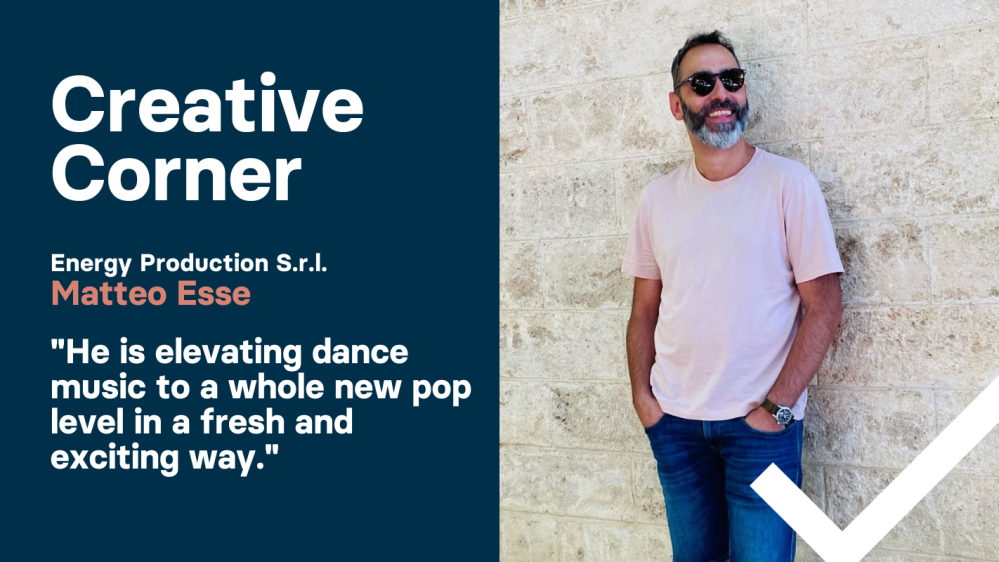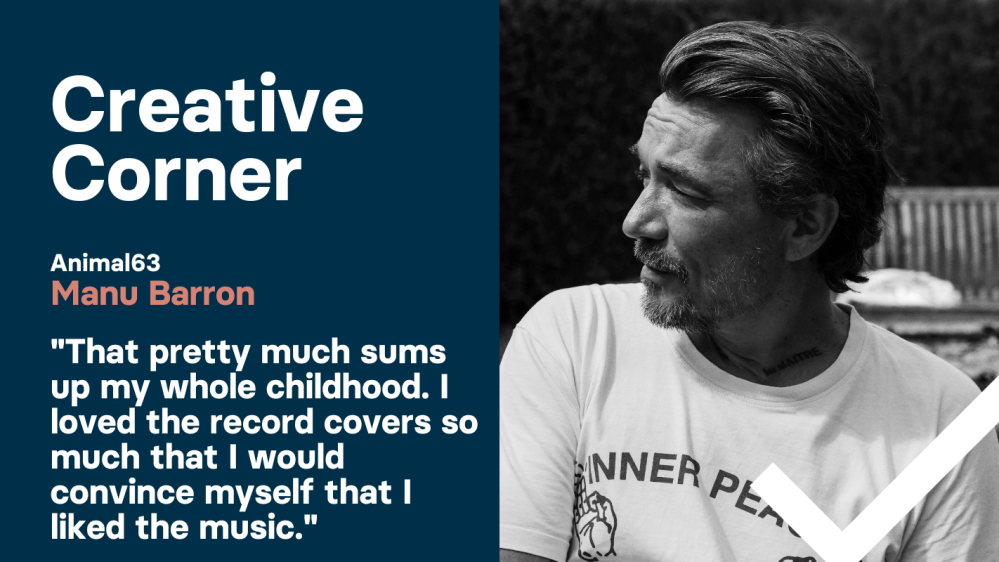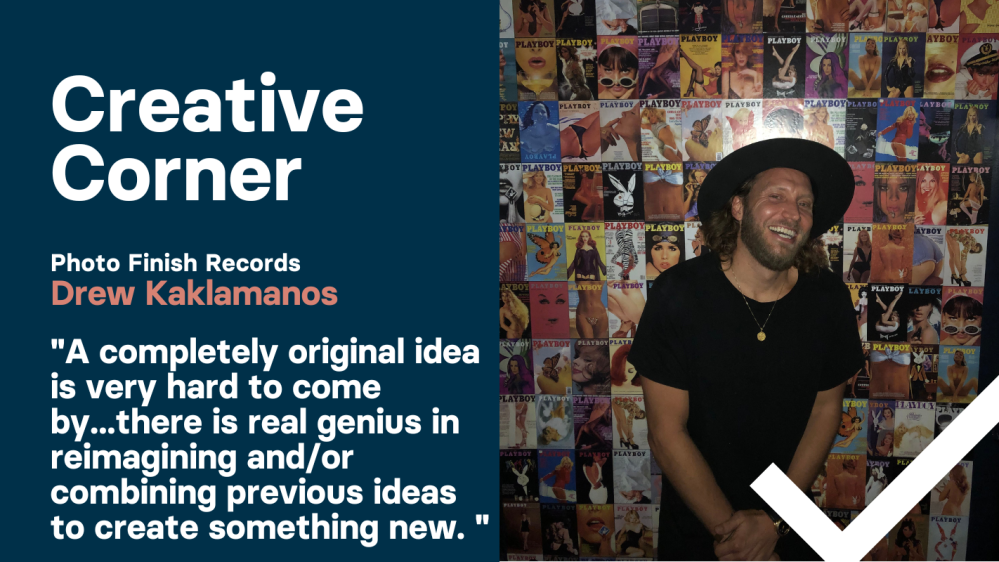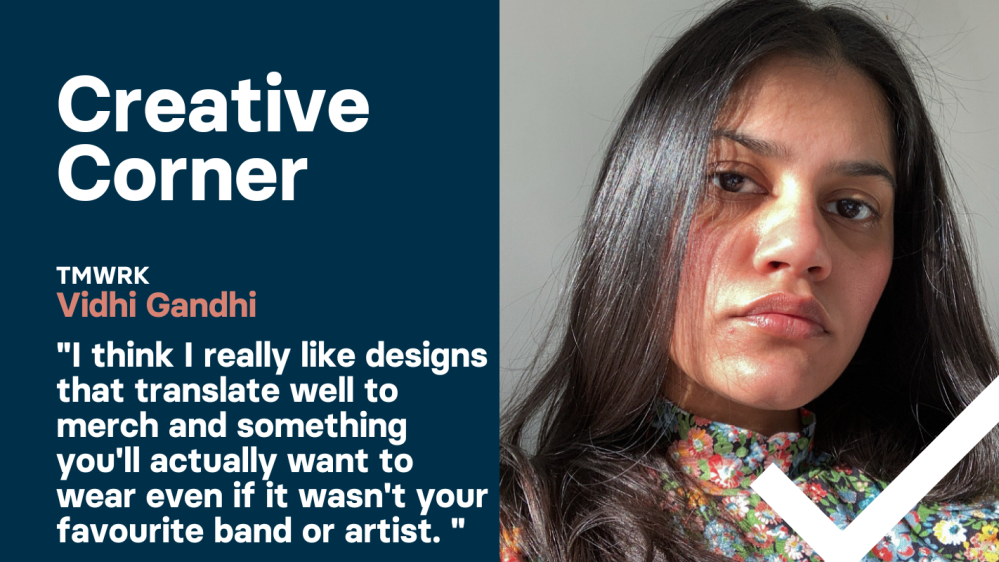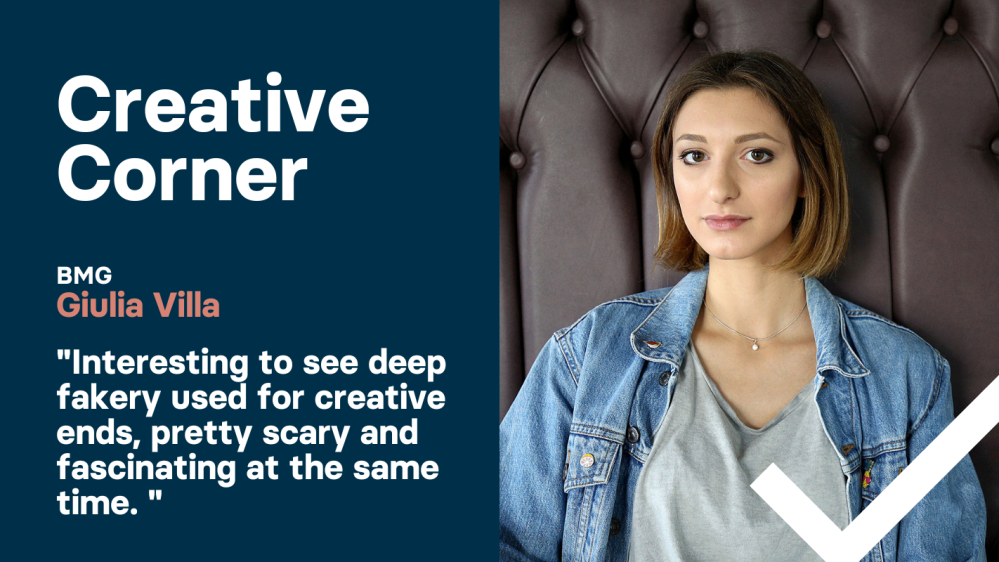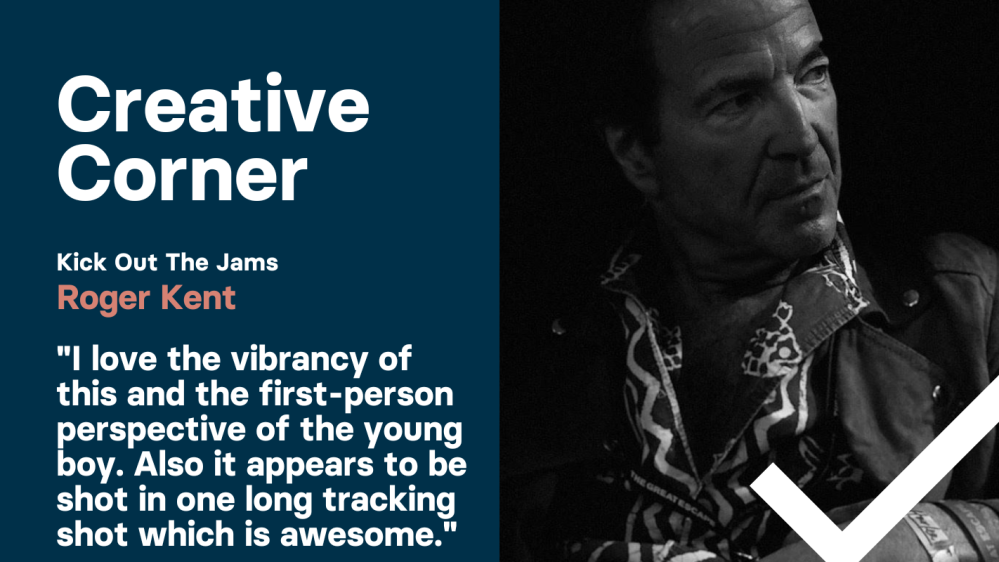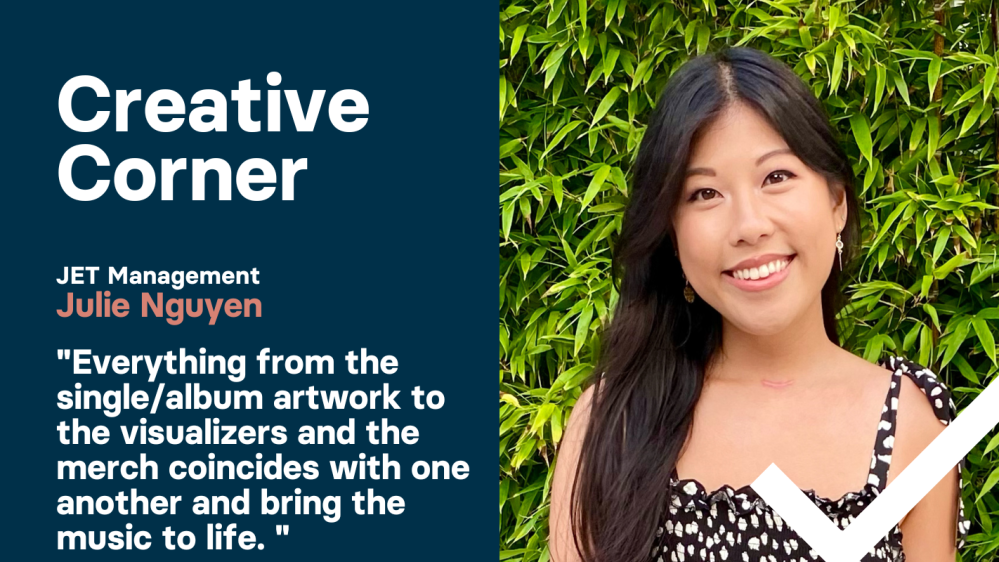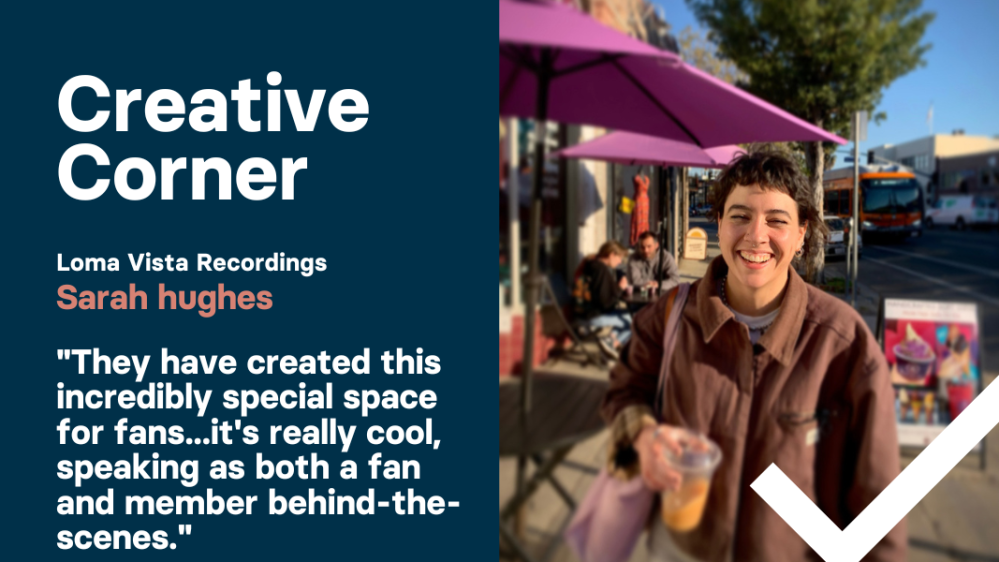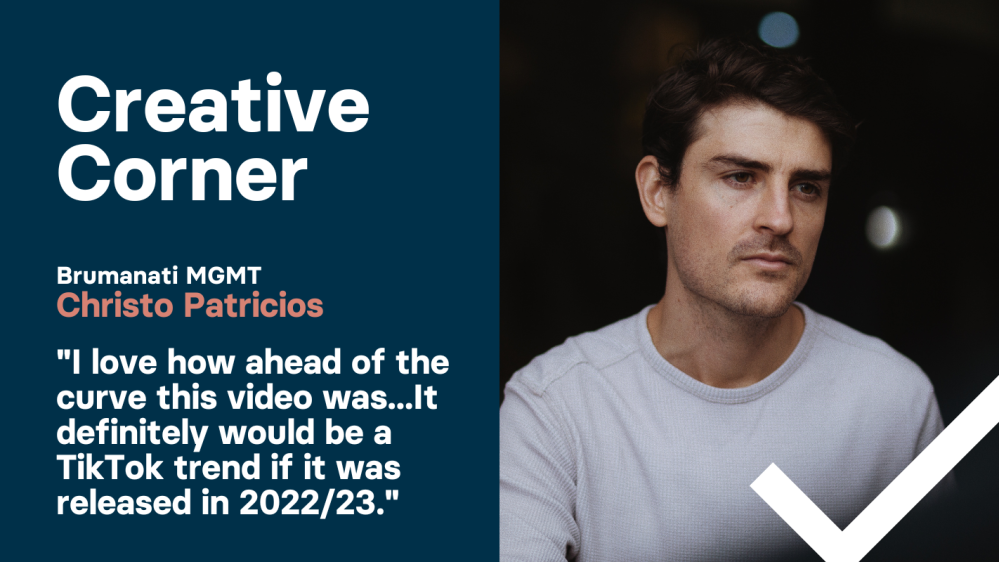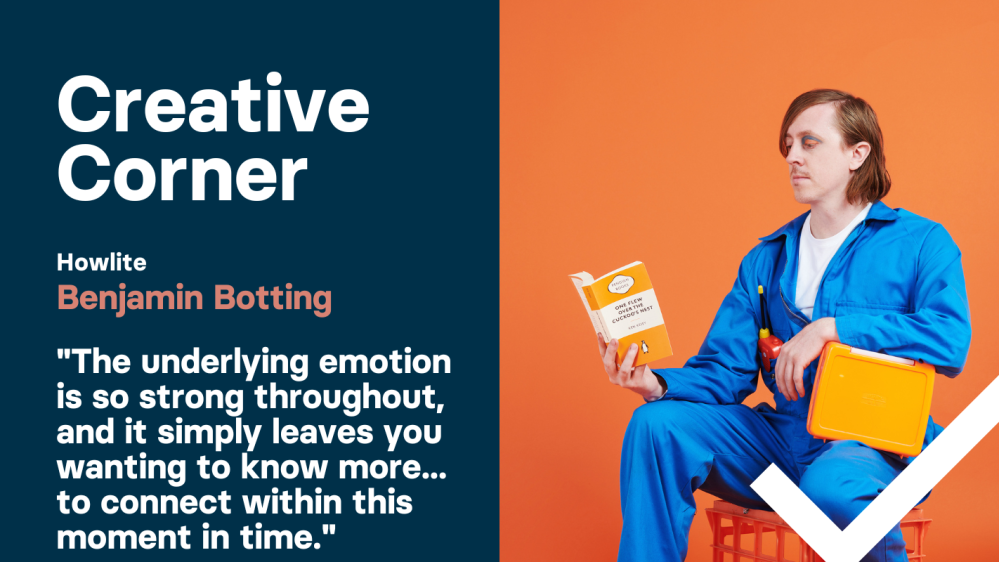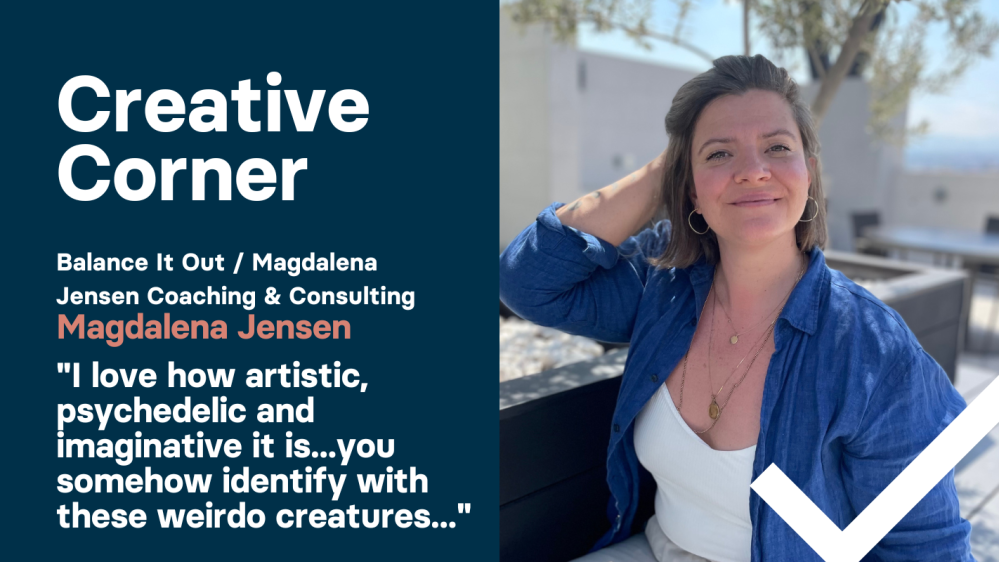
CC speaks to Kayode Thomas about how to avoid burnout, find a balance and juggle your creative projects
Written by Hatti Rex
Aside from running his creative conglomerate called TRIBEAST, Kayode Thomas is an experienced all-round creative with a background in graphic design as well as being the former creative lead on key marketing campaigns for AWAL - Kobalt's answer to a traditional record label.
So, from someone who has worked on both sides of the music industry, who better to speak to about how to avoid burnout whilst juggling multiple creative projects.
First up, how did Kayode get started in music?
“I was always interested in art and design,” Kayode tells Creative Commission. “That was the lesson I enjoyed the most and when it came to picking my options in Year 9 - it was a two-hour period on Tuesdays, I’ll never forget and that’s where it started.”
After experimenting with a CD containing some early Photoshop software, Kayode began properly experimenting with layering and compositions which led him to attend Summer school aged 16, where he met his mentor. “He was studying graphics, the first black person I saw doing something creative and that’s how I started doing graphic design.”
Polydor and Kobalt
Shortly following, Kay launched his own t-shirt company called The Milkshake Club (“It had like 2000 likes on Facebook and Tinie Tempah liked it back in the day!”) before working with the Art Against Knives charity. “They worked with young people in communities such as Hackney to get them onto creative projects, and they initially got us to stock our stuff at Box Park in the early days.” Art Against Knives also collaborated with brands including Universal Music, Adidas, and Schuh, which opened up his eyes to the worlds of fashion, music, and marketing, and eventually lead him to his extended internship at Polydor. From keeping in touch with his manager at this early role, Kayode ended up working with a similar team at Kobalt six years later.
“I was probably working on, like literally across, three large campaigns per week and probably about five to seven smaller projects here and there - it was basically three jobs in one: creative commissioning; direction; and also content creation.” At Kobalt, Kay was the only in-house creative under the independent label AWAL for artist marketing, meaning that he was working on many different projects simultaneously including work for Snoh Aalegra, Pet Shop Boys, Little Simz, Omar Apollo, Gabrielle April and Joesef.
But how does Kayode avoid burnout whilst juggling so many projects? We asked him.
Burnout and balance
“I’ve burnt out quite a few times,” he laughs. “It’s all about prioritising really and making sure I was reaching those goals. I feel like if you have way too much going on to the point where you’re not thinking about the approach and ideation, you won’t be as productive, whereas if you do balance things out you do give yourself that time.”
Allowing space for breaks and reflection is highly important, even if this means blocking out certain times in the week to allow for that.
“Now I block out my Tuesdays to Thursdays which I keep more or less free, and Fridays and Mondays are the days I really just work on my projects and campaigns. And if I didn’t have the resources in house to do it, I’d outsource it straight away,” he adds.
Having heard about our website Creative Commission back in 2016, Kayode would often use our network to reach out to creatives to commission for music marketing campaigns.
“We would always put our briefs on there! I would always use it to scope out creatives and find people who are able to do things working remotely during COVID-19. We used CC very heavily [at Kobalt].”
"Really taking your time to understand the creative process is something we can shed more light on"
Having used our platform to streamline his own creative process, he has two main tips to keep in mind for future commissioners.
The first is to “always give it as much detail and insight to a brief as possible; from context to concepts, to deliverables, to what’s expected, even down to description. I know it can be a bit hard and a bit time-consuming to put that together but once you have the brief right and it’s well informed, it gels out the process a bit more.”
The other main to consider is keeping an open mind to the type of creative you bring onto the team.
“There’s a lot more to creatives than is understood,” Kayode explains. “So for commissioners to understand how creatives work now, it’s very different to how it was before when people were very much in one or two lanes, whereas now a creative can be three, four, sometimes five different lanes. Really taking your time to understand the creative process is something we can shed more light on.”
